10 Great Mutual Funds to Invest In for the Long Haul
These top mutual funds to invest in for a long time horizon don't all have the same goals, but they share a number of advantages.


If you're planning 10, 20, 30 years down the road, and you're trying to decide on mutual funds to invest in over a very long stretch, we've got some good news, and some bad news.
The bad news is: There's no "silver bullet." What might be a great fund for your neighbor might not be the one for you – after all, your goals, risk tolerance and investment horizon might be different.
The good news is, your search isn't going to be that difficult. Many of the best mutual funds to invest in, if you're looking well down the road, have a few characteristics in common:
- Below-average expenses: If all else is equal, lower expenses translate to superior long-term returns because more of your investment will be compounded over time. It's a little more difficult to pinpoint this relationship when you're comparing actively managed funds, which have different (and sometimes changing) management teams. But generally speaking, even the best fund managers will have a harder time outperforming their benchmark and peers with high expenses.
- 10-year history minimum: If you're investing for a long time, you want an idea of how management conducts itself over a long time horizon. You want to evaluate funds been in existence for at least the past decade.
- Manager tenure (actively managed funds): That said, it's hard to know what to expect if a 50-year-old fund has a brand-new manager at the helm. So for actively managed funds, you ideally want managers that have been around for at least most of the past decade, if not longer. (You can obviously ignore this guidance for index funds.)
- Top-tier performance in their category: In general, past performance is not indicative of future results. Still, strong management teams should outperform over time, and you want to compare apples to apples, picking funds that can beat other similar funds.
Here, we look at 10 great mutual funds to invest in for the long haul, based on these criteria. This list is a blend of core holdings, ranging from broad U.S. stock exposure to sector products to bond funds and more. In other words: There's something here for just about every long-term portfolio objective.
Data, provided by Morningstar, is as of Oct. 18. Yields represent the trailing 12-month yield, which is a standard measure for equity funds.
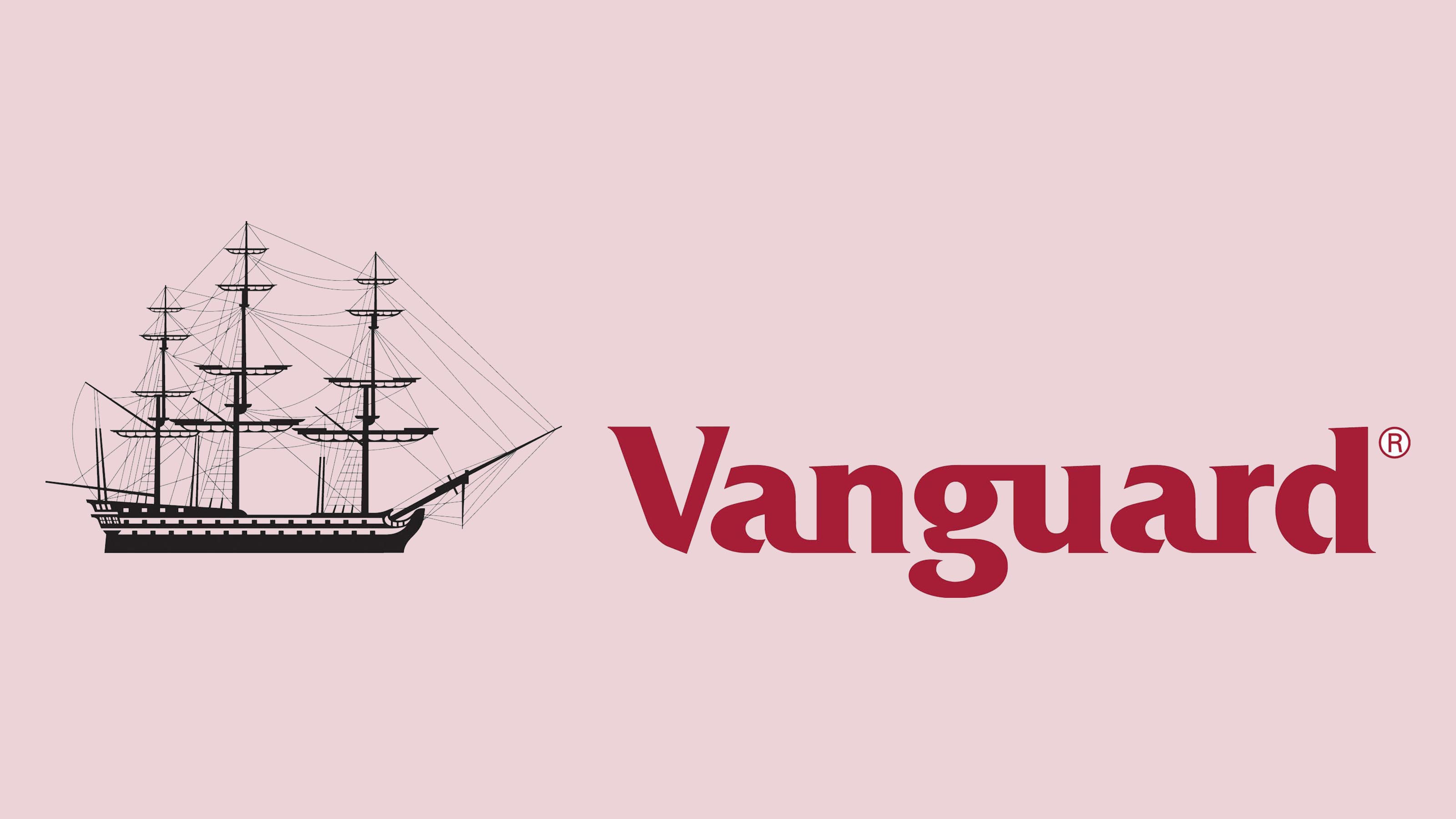
Vanguard 500 Index Fund Admiral
- Fund category: Large blend
- Assets under management: $167.0 billion
- Dividend yield: 1.7%
- Expenses: 0.04%, or $4 annually for every $10,000 invested
- 10-year annualized return: 13.8%
- 10-year percentile rank vs. category: 10
Vanguard 500 Index Fund Admiral (VFIAX, $321.67) is the mutual fund industry's first index fund. That's a fun piece of trivia, but it's not what makes VFIAX one of the best mutual funds to invest in if you're looking decades down the road.
It's all about performance.
You'll notice the 10-year category percentile rank of 10, expressing that over the past decade, Vanguard 500 Index Fund has beaten 90% of all other funds in the large blend stock category. That's an incredible statement about the success of passive investing and the power of extremely low expense ratios.
The above-average returns for VFIAX, combined with average risk, earns the fund a five-star rating from Morningstar.
As far as the fund's innards go, Vanguard 500 Index Fund is simply an index tracker tethered to the S&P 500. Thus, you're getting exposure to a large chunk of primarily U.S. large-cap stocks, with a little mid-cap exposure too. The fund is weighted by market value, which means the largest stocks have the biggest effect on performance. At the moment, that means outsize exposure to Apple (AAPL, 6.7% of assets), Microsoft (MSFT, 5.7%) and Amazon.com (AMZN, 4.8%), among others.
It's no wonder why VFIAX is among the 100 most popular mutual funds held in 401(k)s. This broad-market exposure makes VFIAX – or its exchange-traded version, the Vanguard S&P 500 ETF (VOO) – an obvious central holding for core portfolios.

Vanguard U.S. Growth Fund Investor
- Fund category: Large growth
- Assets under management: $38.6 billion
- Dividend yield: 0.2%
- Expenses: 0.39%
- 10-year annualized return: 18.4%
- 10-year percentile rank vs. category: 8
Investors seeking to build up the growth portion of their portfolio can consider Vanguard U.S. Growth Fund Investor (VWUSX, $62.41) – Vanguard's oldest growth fund, and one of the best large-growth mutual funds you can invest in.
The portfolio is managed by multiple teams: Jackson Square Partners, Wellington, Baillie Gifford Overseas, Jennison Associates and Vanguard Quantitative Equity Group. Collectively, they're looking for blue-chip companies with strong industry positions that can deliver earnings growth for years down the road. That results in a predominantly large-cap lean (78% of assets), with almost all of the rest of assets invested in mid-cap stocks.
The fund's impressive long-term returns can be attributed to its heavy weighting to technology stocks (currently 44%), which have been market leaders not just in 2020, but for much of the past decade. Top holdings include the likes of Apple, Microsoft and Tesla (TSLA), as well as tech-esque companies such as Amazon.com (consumer discretionary) and Google parent Alphabet (GOOGL, communications).
VWUSX could struggle if the market does make a long-anticipated shift to value, but technology's growing importance to everyday life likely means any such hurdle will be short-term in nature.
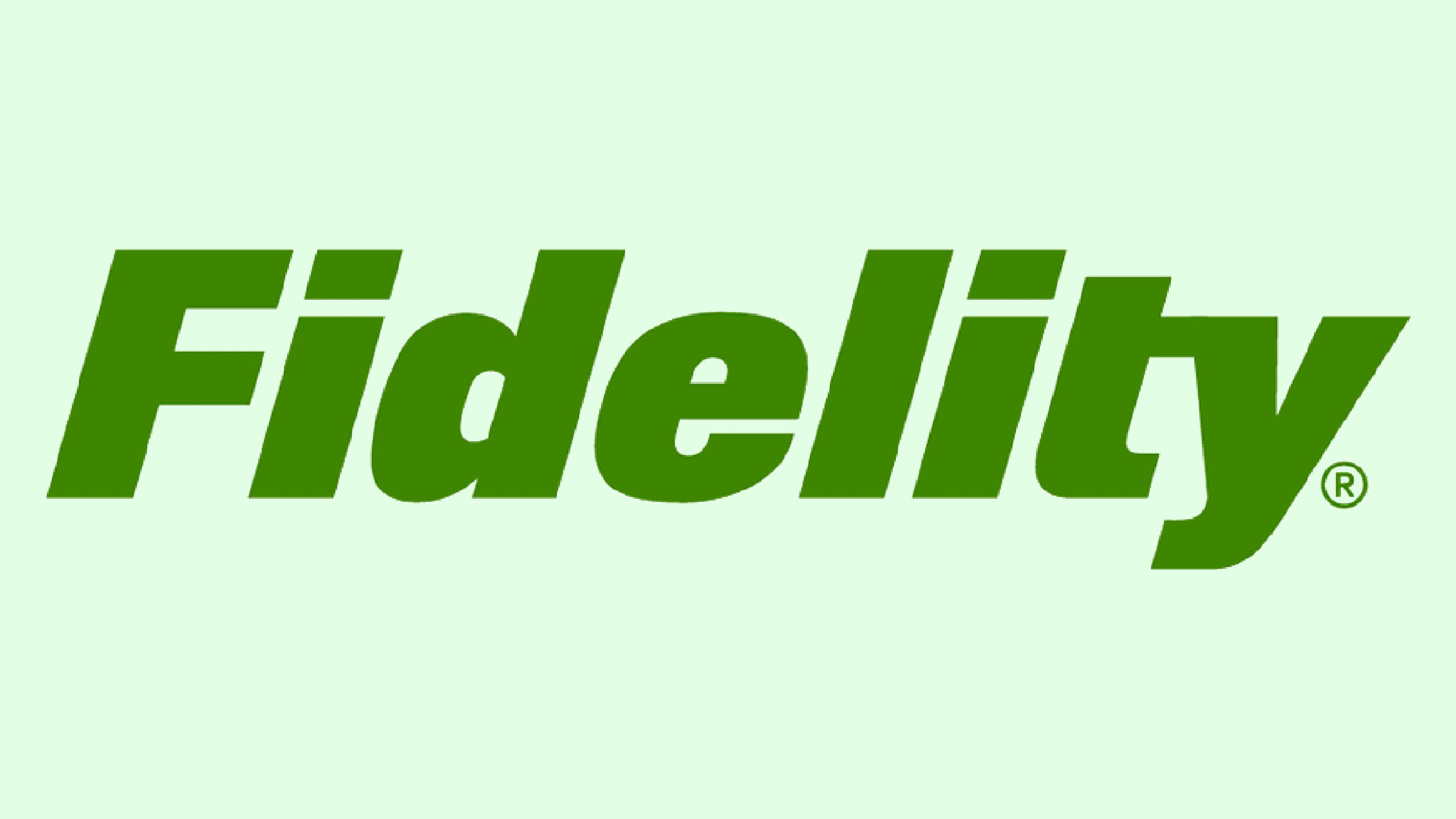
Fidelity Strategic Dividend & Income Fund
- Fund category: Large value
- Assets under management: $4.4 billion
- Dividend yield: 2.1%
- Expenses: 0.71%
- 10-year annualized return: 9.8%
- 10-year percentile rank vs. category: 7
Fidelity Strategic Dividend & Income Fund (FSDIX, $15.51) is one of the best values in dividend investing.
We'll start with the price itself: Expenses of just 0.71% are 15 basis points (a basis point is one one-hundredth of a percentage point) below the category average. You're also getting a management team with a decent average tenure of about seven years, but importantly, Adam Kramer has been on since 2007, providing needed experience after longtime co-manager Sam Wald exited the fund in 2019.
Importantly, that means he's been on for the entirety of the past decade, during which FSDIX has returned nearly 10% annually, beating 93% of all large value funds.
Fund management typically tries to generate income first, but also capital appreciation, via stocks, real estate-related securities, convertible securities and preferred stocks. At the moment, dividend stocks account for about 51% of assets, convertibles are nearly 22%, real estate investment trusts (REITs) are 13%, preferreds are another 12%, and the rest is sprinkled into master limited partnerships (MLPs) and cash.
Top holdings include large-cap stocks such as Procter & Gamble (PG), Johnson & Johnson (JNJ) and Prologis (PLD), a logistics-focused REIT.
FSDIX provides a solid combination of income and long-term capital appreciation, making it another strong core holding for the long haul.
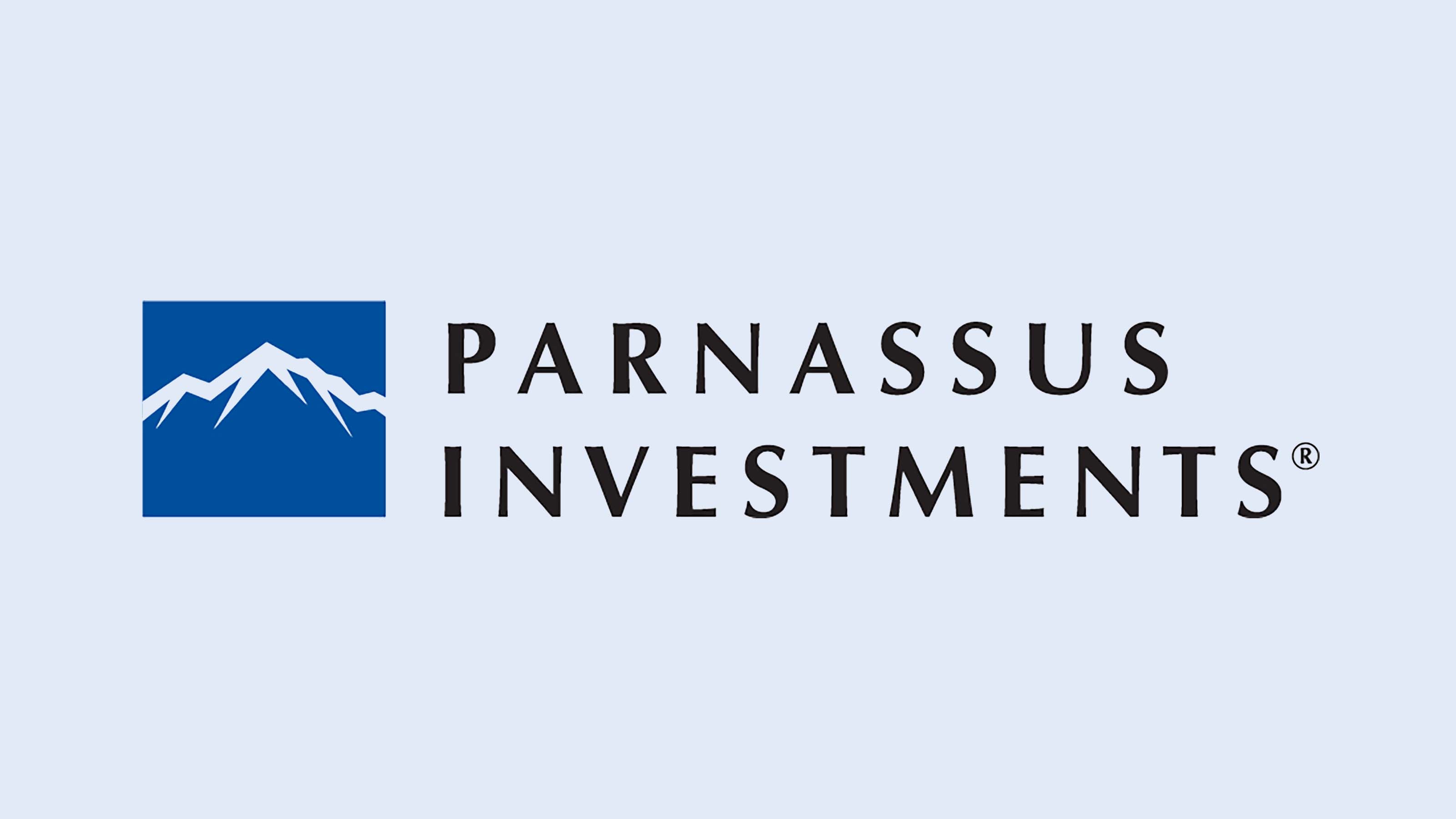
Parnassus Mid-Cap Fund
- Fund category: Mid-cap blend
- Assets under management: $6.2 billion
- Dividend yield: 0.49%
- Expenses: 0.99%
- 10-year annualized return: 12.2%
- 10-year percentile rank vs. category: 8
Parnassus Mid-Cap Fund (PARMX, $37.52) is a well-managed mid-cap stock fund that has consistently performed ahead of category peers for a long time, and it has done so for a reasonable price.
Management's strategy is to achieve superior long-term returns by capturing as much of the upside potential as possible, while minimizing the downside of returns. It focuses on stocks with "competitive advantages," "quality management teams" and even environment, social and corporate governance (ESG) criteria.
PARMX has been one of the best funds to invest in for some time now. It's in the top 20% of category funds by performance for the trailing three-, five- and 10-year periods, and for the year-to-date. It's better than 99% of competitors over the past 15 years – outstanding considering it covers two bear markets during that time frame.
This long-term dependability is why PARMX merits a spot on our Kip 25 list of low-cost mutual funds, and how it has garnered five stars from Morningstar.
Top industries at the moment include technology (25%), industrials (24%) and health care (14%). Top holdings include waste-management firm Republic Services (RSG), diagnostic and medical imaging firm Hologic (HOLX) and fintech firm Jack Henry & Associates (JKHY).
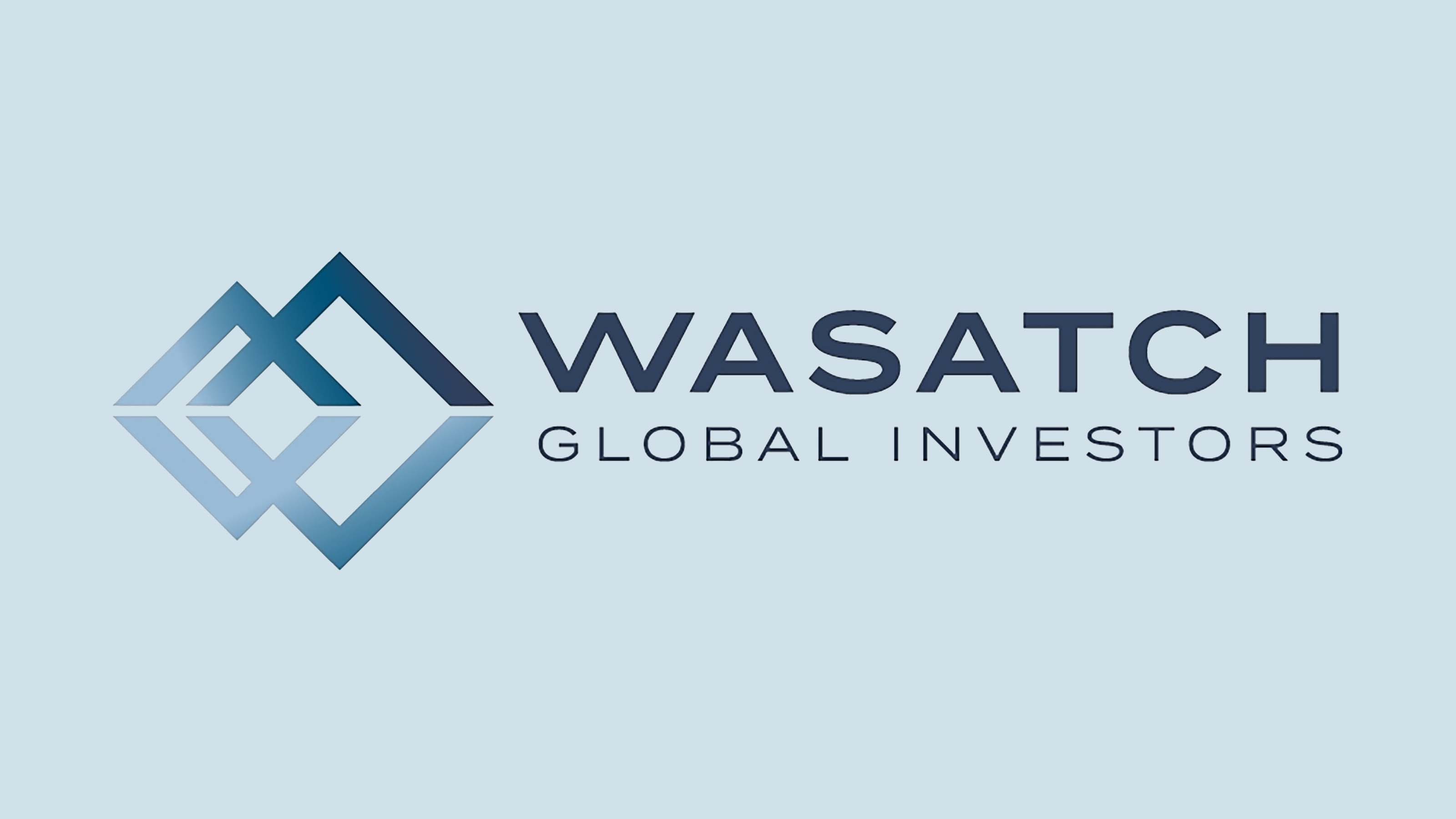
Wasatch Micro Cap Fund Investor
- Fund category: Small growth
- Assets under management: $869.5 million
- Dividend yield: 0.0%
- Expenses: 1.66%
- 10-year annualized return: 17.3%
- 10-year percentile rank vs. category: 5
Wasatch Micro Cap Fund Investor (WMICX, $10.22) isn't quite what the name suggests, but it's still an excellent small-cap growth fund.
Small-cap stocks typically are defined as companies between $300 million and $2 billion in market value, whereas micro-caps are between $50 million and $300 million. By that definition, WMICX's average market cap of $1.1 billion is way too big to be considered truly micro-cap.
However, Wasatch Micro Cap's average holding is far tinier than the small growth category average of $4.6 billion, which actually falls into mid-cap territory. Thus, it seems a much better representation of the small-cap world than many of its peers.
WMICX's management is looking to build a roughly 50- to 80-stock portfolio out of three types of growth companies: high-growth (annual earnings growth of 20% or more), core growth (not as fast-growing, but higher in quality) and "fallen angels" (growth firms "that have suffered a temporary setback.") Today, it holds 71 stocks that are heaviest in health care (34%), technology (22%) and consumer discretionary (18%). Top holdings are led by the likes of textile printing technology maker Kornit Digital (KRNT), molecular diagnostic company GenMark Diagnostics (GNMK) and pet food firm Freshpet (FRPT).
A fund holding stocks this small might seem too aggressive, but there's an argument for this kind of exposure in most portfolios. Small caps tend to have lower correlations with the broader market, and they can provide fantastic growth if you have great stock pickers at the helm. That's the case with WMICX, which is better than at least 90% of its competition over the past one-, three-, five- and 10-year periods.
One caveat: The expense ratio of 1.66% is above average for the category. However, WMICX is one of just a few well-managed small-cap mutual funds that is still open to investors, and the performance more than justifies the cost.
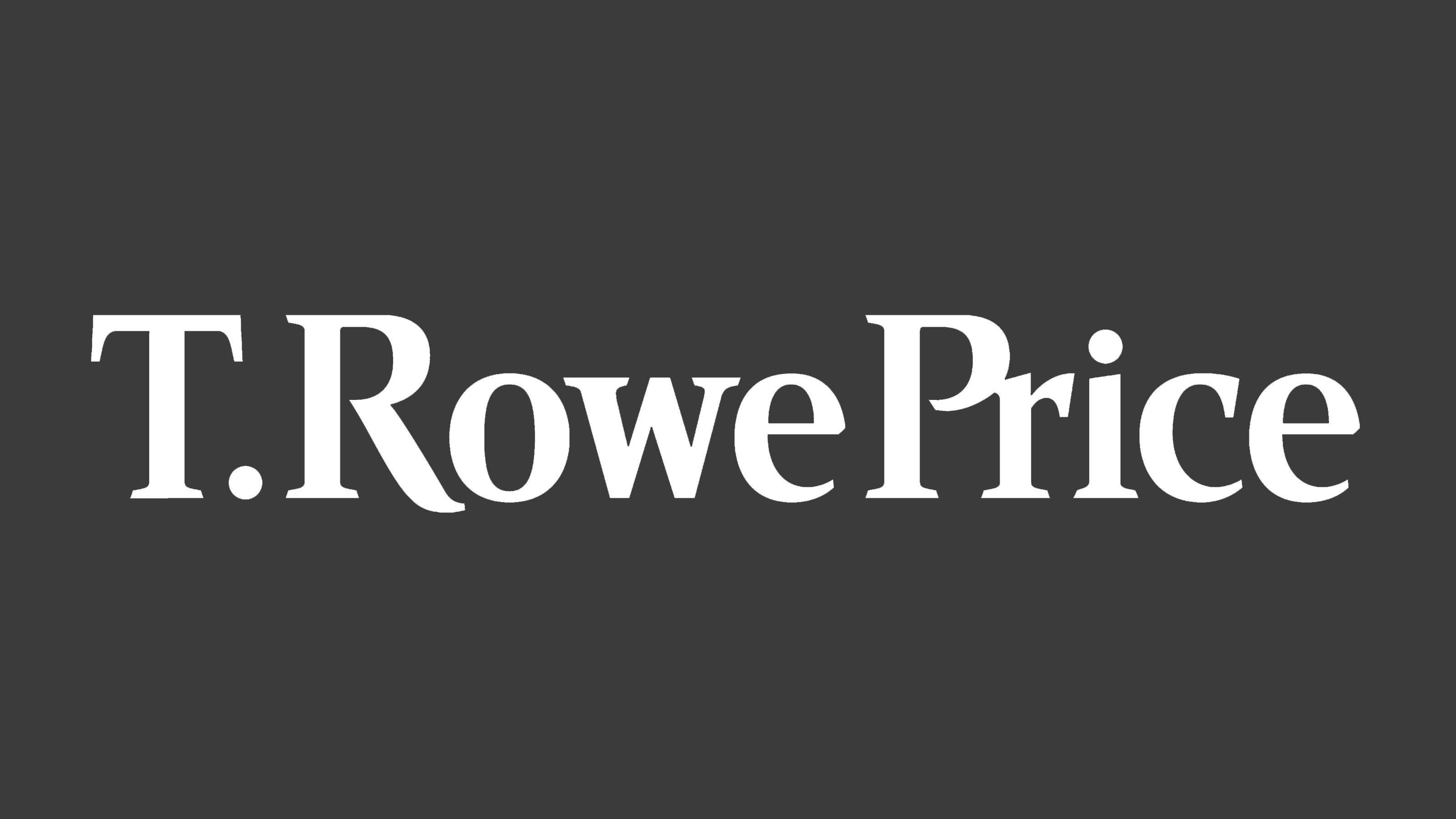
T. Rowe Price Health Sciences Fund
- Fund category: Health
- Assets under management: $16.0 billion
- Dividend yield: 0.1%
- Expenses: 0.76%
- 10-year annualized return: 20.3%
- 10-year percentile rank vs. category: 1
We've previously extolled the virtues of health care funds, writing that they can "exhibit defensive characteristics and deliver market-beating performance over long bull stretches."
Of the group, T. Rowe Price Health Sciences Fund (PRHSX, $97.27) is one of the best mutual funds to invest in – if you can get access to it.
PRHSX provides exposure to a wide variety of health care industries, though it is heaviest in health care equipment, biotechnology, pharmaceuticals and health insurance. From these industries, management tries to pluck the stocks with the greatest long-term growth potential. Top holdings currently include stocks such as insurer UnitedHealth Group (UNH), biotech Vertex Pharmaceuticals (VRTX) and diagnostics-and-research firm Thermo Fisher Scientific (TMO).
Even getting standard performance from the sector is a win for investors, considering that the average fund has beaten the S&P 500 Index over the past 10 and 15 years. But PRHSX is tops, beating 99% of its competition over those period. It's also in the top third (or better) for the trailing one, three and five years.
If you're interested in PRHSX, the fund's limited status means that you can buy shares either directly from T. Rowe Price or through financial intermediaries with an existing funded position. If you're unable to access T. Rowe Price Health Science Fund, consider these top health care mutual funds instead.

Fidelity Select Software and IT Services Portfolio
- Fund category: Technology
- Assets under management: $11.0 billion
- Dividend yield: 0.7%
- Expenses: 0.71%
- 10-year annualized return: 21.4%
- 10-year percentile rank vs. category: 7
Our last sector-focused fund has to do with technology, which as we mentioned before, is a longtime outperformer and is positioned to churn out more growth going forward.
Fidelity Select Software and IT Services Portfolio (FSCSX, $25.86) is an actively managed standout in the technology sector, which has outperformed the broader market indices for more than a decade now.
As its name suggests, FSCSX invests primarily in companies involved in software or information-based services. More specifically, though, that means companies that create software of apps, provide data processing services and offer IT consulting, among other things.
Top 10 holdings look exactly like what you'd expect – firms such as Microsoft, payment processor Visa (V), creativity suite provider Adobe (ADBE) and cloud-based customer relationship management firm Salesforce.com (CRM).
While medium-term returns are more modest (but still above average), its long-term returns compared to its peers provide plenty of reason to consider FSCSX. The fund is better than 96% of category products over the past 15 years, and better than 93% over the trailing 10 years. It does so for a considerably lower price than average, as well as below-average risk.

Fidelity International Capital Appreciation Fund
- Fund category: Foreign large growth
- Assets under management: $4.6 billion
- Dividend yield: 0.5%
- Expenses: 1.01%
- 10-year annualized return: 9.9%
- 10-year percentile rank vs. category: 8
Another way to diversify your portfolio? Invest in international equities. While U.S. markets have been one of the top places to park your money for a long time, it helps to have a small portion of your assets put away somewhere else in the world that could appreciate if America temporarily falls out of favor.
And Fidelity International Capital Appreciation Fund (FIVFX, $25.91) is among the best mutual funds to invest in if you're targeting international stocks.
Management gets its international exposure primarily from companies in developed markets (61% of assets), though it also invests in emerging-market companies (23%) and even domestic equities with high international exposure. Interestingly, the U.S. is the single-highest country weight, but at only 15%; China (13%), Japan (11%) and Switzerland (9%) are among a couple dozen countries represented. And while all sectors are represented in some way, technology is tops at 22%, followed by consumer discretionary (18%) and industrials (14%). Top holdings include names that are familiar to most investors and many consumers, including China's Alibaba (BABA), Taiwan Semiconductor (TSM) and Switzerland's Nestle (NSRGY).
Like many Fidelity mutual funds, FIVFX offers a compelling combination of above-average returns, average risk and just barely above-average fees. The fund is among the top 20% in its category over the trailing three and five years, and it's among the top 10% over the past 10 and 15 years.

Vanguard Wellington Fund Investor
- Fund category: Moderate allocation
- Assets under management: $10.7 billion
- SEC yield: 1.6%*
- Expenses: 0.25%
- 10-year annualized return: 9.7%
- 10-year percentile rank vs. category: 11
Vanguard Wellington Fund Investor (VWELX, $44.99) is Vanguard's oldest fund, as well as the nation's oldest balanced fund (funds that invest in both stocks and bonds). And its continued strong management and low costs put it among the best Vanguard funds you can buy in many 401(k) plans, not to mention one of the best mutual funds to buy for the long haul.
Vanguard Wellington typically invests two-thirds of its assets in stocks, and the rest in bonds. That asset diversification helps provide both growth and income, while also cutting down on volatility.
The stock portfolio is a tight group of fewer than 60 stocks that's most concentrated in information technology, health care and financials, and minimal on energy, real estate and materials. Top holdings include Microsoft, Alphabet, Apple and McDonald's (MCD) at present. It also holds nearly 1,100 investment-grade bonds with an average duration of 8.2 years, meaning that a 1-percentage-point increase in rates should cause those bonds to decline by about 8.2%.
Despite a heavy slug in bonds, VWELX has produced an average annual return of almost 10% over the past decade. That's better than 89% of its peers, and that well-above-average performance has come with just category-average risk. But what really makes Wellington stand out is a laughably low fee of just 0.25% annually – one of the lowest costs in the space, and 59 basis points lower than the moderate-allocation average.
* SEC yield reflects the interest earned after deducting fund expenses for the most recent 30-day period and is a standard measure for bond and preferred-stock funds.

Fidelity Total Bond Fund
- Fund category: Intermediate core-plus bond
- Assets under management: $31.3 billion
- SEC yield: 2.1%
- Expenses: 0.45%
- 10-year annualized return: 4.4%
- 10-year percentile rank vs. category: 25
Many investors will hold bond funds to achieve a specific purpose, whether it's to generate income, preserve capital or hedge against inflation. But if you simply want broad bond exposure for a variety of purposes, Fidelity Total Bond Fund (FTBFX, $11.19) is a strong actively measured candidate.
Management typically invests at least 80% of its assets in investment-grade bonds, with the rest in lower-quality (but higher-yield) debt. Currently, 76% of its nearly 3,000 holdings are investment-grade bonds, with another 15% in "junk" debt, 4% in emerging markets and the rest in cash.
While this strategy is riskier than investing purely across high-quality debt, it still has average risk compared to its category peers, but it manages to achieve above-average returns. While it's not a standout over any one period, it's roughly within the top quarter of its category across all meaningful time frames.
Also, fees really matter in bond funds, where long-term returns can be more muted than in stocks. Good news for FTBFX, whose 0.45% expense ratio is 13 basis points cheaper than the category average.
Learn more about FTBFX at the Fidelity provider site.
Kent Thune held PARMX, PRHSX and VWELX in some client accounts as of this writing. This article is for information purposes only, thus under no circumstances does this information represent a specific recommendation to buy or sell securities.
Profit and prosper with the best of Kiplinger's advice on investing, taxes, retirement, personal finance and much more. Delivered daily. Enter your email in the box and click Sign Me Up.

Kent Thune, CFP, is a financial professional that helps individuals and businesses achieve their goals through a variety of delivery methods, including investment advice, financial planning and writing.
-
 I'm want to give my 3 grandkids $5K each for Christmas.
I'm want to give my 3 grandkids $5K each for Christmas.You're comfortably retired and want to give your grandkids a big Christmas check, but their parents are worried they might spend it all. We ask the pros for help.
-
 If You're Not Doing Roth Conversions, You Need to Read This
If You're Not Doing Roth Conversions, You Need to Read ThisRoth conversions and other Roth strategies can be complex, but don't dismiss these tax planning tools outright. They could really work for you and your heirs.
-
 Could Traditional Retirement Expectations Be Killing Us?
Could Traditional Retirement Expectations Be Killing Us?A retirement psychologist makes the case: A fulfilling retirement begins with a blueprint for living, rather than simply the accumulation of a large nest egg.
-
 What Fed Rate Cuts Mean For Fixed-Income Investors
What Fed Rate Cuts Mean For Fixed-Income InvestorsThe Fed's rate-cutting campaign has the fixed-income market set for an encore of Q4 2024.
-
 The Most Tax-Friendly States for Investing in 2025 (Hint: There Are Two)
The Most Tax-Friendly States for Investing in 2025 (Hint: There Are Two)State Taxes Living in one of these places could lower your 2025 investment taxes — especially if you invest in real estate.
-
 The Final Countdown for Retirees with Investment Income
The Final Countdown for Retirees with Investment IncomeRetirement Tax Don’t assume Social Security withholding is enough. Some retirement income may require a quarterly estimated tax payment by the September 15 deadline.
-
 The 24 Cheapest Places To Retire in the US
The 24 Cheapest Places To Retire in the USWhen you're trying to balance a fixed income with an enjoyable retirement, the cost of living is a crucial factor to consider. Is your city the best?
-
 Smart Ways to Invest Your Money This Year
Smart Ways to Invest Your Money This YearFollowing a red-hot run for the equities market, folks are looking for smart ways to invest this year. Stocks, bonds and CDs all have something to offer in 2024.
-
 Vanguard's New International Fund Targets Dividend Growth
Vanguard's New International Fund Targets Dividend GrowthInvestors may be skittish about buying international stocks, but this new Vanguard fund that targets stable dividend growers could ease their minds.
-
 Best 401(k) Investments: Where to Invest
Best 401(k) Investments: Where to InvestKnowing where to find the best 401(k) investments to put your money can be difficult. Here, we rank 10 of the largest retirement funds.
-
 7 Best Stocks to Gift Your Grandchildren
7 Best Stocks to Gift Your GrandchildrenThe best stocks to give your grandchildren have certain qualities in common.
